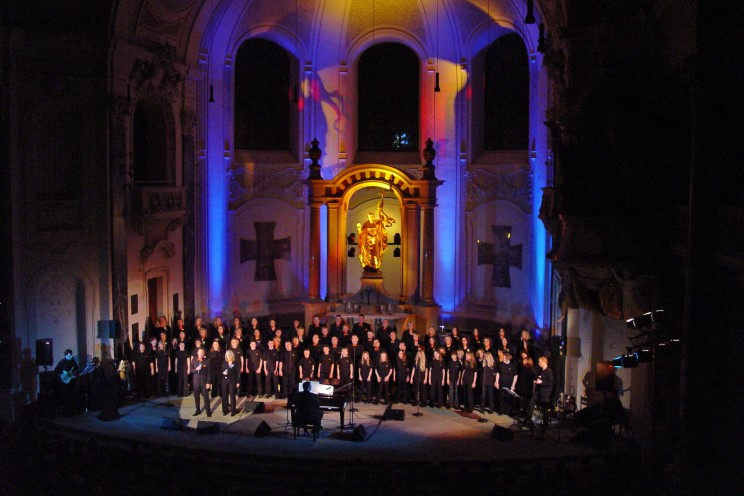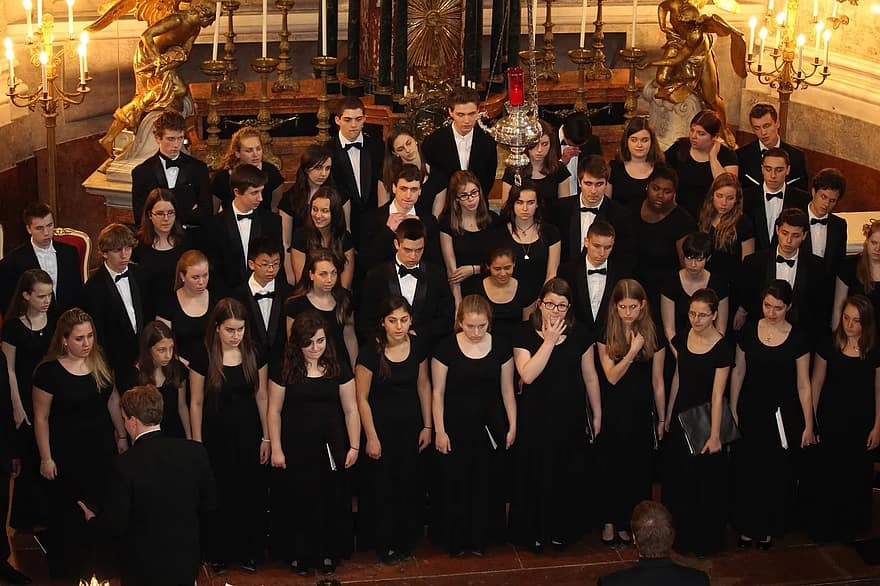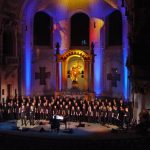Music is one of the chosen mediums for talking to the audience about the Gospel and Jesus Christ. Although hymns and music were used by the very first churches and preachers, the kind of music has evolved over the centuries possibly with the changing needs of the audiences. Traditional churches used Liturgical music, also called church music or gospel music to the accompaniment of instruments like the organ. Gregorian chants and hymns sung were more about the adoration of God rather than actual songs.

Christian Rock Changed the Concept of Church Music Entirely
Christian Rock first entered the music scene in 1969 with the controversial album, “Upon This Rock” by Larry Norman. Jazz was also used until 2010 as the preferred Congregation music with Church leaders using pianos, saxophones, drums, and bass to complement the message delivered by the preacher. Fast forward to 2020 and worshippers continue to participate in sermons held at contemporary churches where music, particularly, rock is used to convey the word of God. The entire Church-going experience is transformed into an immersive audio-visual celebration with light effects, sound amplification, digitally-composed music, and striking visuals flashed on the backdrop.
Churches Hope to Connect with Worshippers of All Ages
The objective of modern-day churches is to bring the word of God to worshippers of all ages in a language that they can relate to. And, Christian Rock is possibly the most effective channel. Colleges training young leaders in ministerial curriculum now offer training in music for creating messages that deliver the right impact. Today’s sermons include performances in Christian Rock complete with drums, guitars, and keyboards. Congregations have noted attendance from people of all ages and walks of life. Though, interestingly, younger generations feel more connected to innovative theologies that are less judgmental and more accepting of changing thought processes and lifestyles.
Contemporary Music Appeals to the Younger Generations
Modern-day churches understand the appeal that music may have for younger generations when they can listen via dedicated radio channels and stream for listening on their smartphones. The theme and lyrics convey the ideologies of the Church and they’re okay with that. Christian Rock is now relaying messages about helping people and contributing to the community in whatever way they can. Music creates that sense of belonging that young people yearn for.
Church Music is Winning Prestigious Awards
Perhaps, one of the biggest draws of contemporary churches is that when youngsters aged 18 to 22 or 25 years look down the pews at the audience, they see recognizable faces of their peer groups. Breaking feelings of isolation and getting accepted by people from their generation is hard enough for the average person. And, music seems to be the solution. The impact of religion-based music is so widespread that Churches now sponsor companies that create and release music in the open market. These songs are winning awards at prestigious platforms like Grammy. A good example is What a Beautiful Name by Ben Fielding & Brooke Ligertwood released by Hillsong Worship.
Using music to relay God’s word and connect with the audience will continue to remain the accepted method of delivering sermons for a long while considering the impressive impact on audiences.




